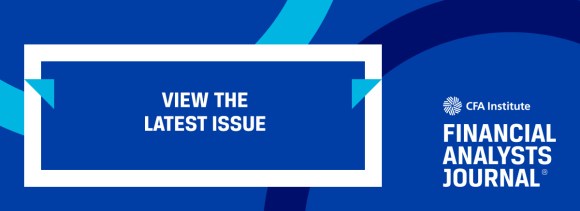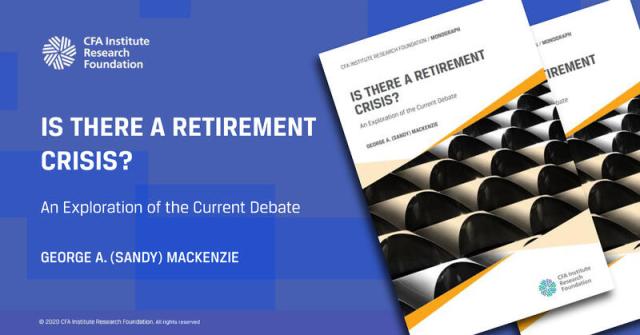[ad_1]
Some very black-and-white and reductive opinions about the prudence of active management have been making the rounds in the investment world of late.
For example, in Defined Contribution Plans: Challenges and Opportunities for Plan Sponsors, from the CFA Institute Research Foundation, Jeffery Bailey, CFA, and Kurt Winkelmann state that an investment committee’s first responsibility is to “do no harm” and question whether actively managed funds should ever be included in defined contribution (DC) plans.
They recommend that plan sponsors default to passively managed options and imply that by eschewing active for passive funds, the committee will “do no harm.”
This is an oversimplified point of view.
Investment committee members are fiduciaries under the Employee Retirement Income Security Act (ERISA). An ERISA fiduciary’s duty is not to “do no harm.” Rather, the standards to which ERISA fiduciaries are held are much higher. These include acting prudently and solely in the interests of the plan’s participants and beneficiaries, and diversifying the plan’s investments to minimize the risk of large losses.
Fiduciaries must focus on what’s in the best interest of participants. In some cases, this could lead them to choose active funds, in others, passive funds may be more appropriate. But either way, passive funds and “do no harm” are not synonymous.
The notion that choosing active or passive will in some way lower fiduciary risk is unfounded and ignores the more substantive areas ERISA fiduciaries should explore when selecting the most appropriate target date fund (TDF).
The authors also suggest that investment committees should choose passively managed TDFs as the default option. While TDFs are usually the most appropriate choice, it’s important to remember there is no such thing as a passively managed TDF.
All TDFs involve active decisions on the part of the TDF manager. Managers must choose which asset categories to include within the funds, which managers to fill those categories, the allocation of those categories for each age cohort, and how that allocation changes over time (i.e., the glidepath) at a minimum. The authors don’t account for the fact that asset class selection and glidepath construction are critical and unavoidable active decisions made by portfolio managers, regardless of whether they choose to use active or passive underlying strategies within the target date fund.
Indeed, glidepath and asset class selection are far more important drivers of investor outcomes than the choice of implementation through an active, passive, or hybrid approach.
Since most new contributions to DC plans are being invested in TDFs and many plans have selected TDFs as their default, choosing the plan’s TDF is likely the most important decision the investment committee will make. Such a critical decision should consider much more than simply whether the TDF portfolios use active or passive underlying strategies.
For example, a series of passively managed TDFs may hold too much risk at an inappropriate time — at retirement age, for example. That could result in significant losses to an individual who does not have time (or wage income) to recover. Bailey and Winkelmann focus on the perennial active vs. passive debate rather than the most critical and influential consideration for retirees: income replacement.
We strongly believe that considering participant demographics such as the salary levels, contribution rates, turnover rates, withdrawal patterns, and whether the company maintains a defined benefit plan for its employees will help the committee determine the TDF glidepath that is in the best interest of the participants and reaching their income replacement goals.
We also feel strongly about the role that we play in helping investors achieve their retirement and post-retirement goals and believe the conclusion that plan sponsors should simply choose passive over active to reduce fiduciary risk is not aligned with ERISA standards or plan participant outcomes.
Plan demographics, glidepath, and asset class diversification are far more critical considerations than whether a TDF manager selects active or passive underlying components.
If you liked this post, don’t forget to subscribe to the Enterprising Investor.
All posts are the opinion of the author. As such, they should not be construed as investment advice, nor do the opinions expressed necessarily reflect the views of CFA Institute or the author’s employer.
Image credit: ©Getty Images / Yamgata Sohjiroh / EyeEm
Professional Learning for CFA Institute Members
CFA Institute members are empowered to self-determine and self-report professional learning (PL) credits earned, including content on Enterprising Investor. Members can record credits easily using their online PL tracker.
[ad_2]
Image and article originally from blogs.cfainstitute.org. Read the original article here.



